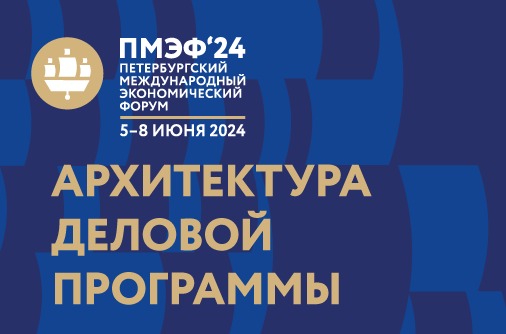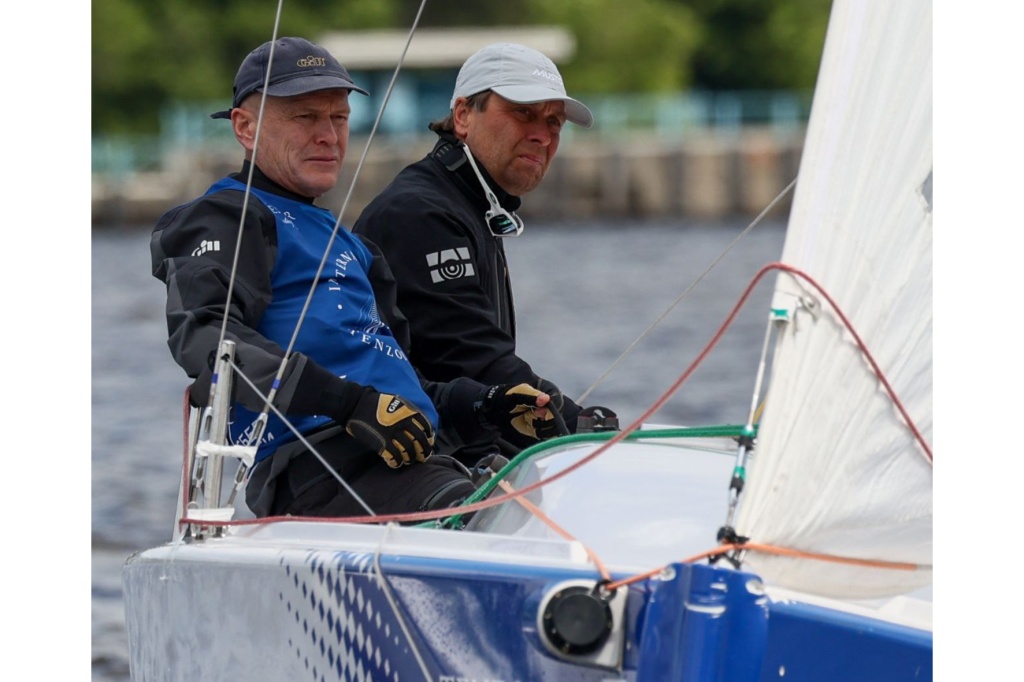
IF NOT OIL, THEN WHAT? RUSSIA’S PLACE IN THE NEW GLOBAL TRADE STRUCTURE
The ‘If Not Oil, Then What? Russia’s Place in the New Global Trade Structure’ TV debates took place at the St. Petersburg International Economic Forum on June 17.
During the debates, participants noted that non-resource exports account for 54% of Russia’s overall exports, according to the most optimistic estimates.
Pure non-resource and non-energy exports account for 37%. Only 16,000 Russian companies currently export their products.
The task of the Russian government and exporters is not only to increase the share of non-resource exports, but to increase processing depth, and to develop the manufacturing of goods with high added value. The non-resource export sector should grow at a rate of at least 6–8% per year.
A vote on the subject ‘What could Russia export?’ gave priority to the Military Industrial Complex (MIC), the nuclear industry, and the space industry (33%). Then came IT and knowledge-intensive technologies (27%). Then came agriculture (22%), engineering (10%), and animation (7.8%).
Revenues from exporting IT products came to USD 7 billion last year alone. IT will play an ever greater role in all economy sectors.
Russia should continue using both its strong resource export potential, and also work in the areas of the future, and those are service markets, including medicine. All sectors of the economy are in need of engineering products.
We need mechanisms (including financial and administrative mechanisms) for supporting the entire manufacturing cycle and promoting our goods as an exportable commodity. We spend only 0.3% of GDP on R&D, and we have virtually no private investments in science.
Only three years ago, we started creating a chain of trade missions, and today there are 55 trade missions, covering 63 countries. This is not enough. We need to combine the trade missions’ administrative power and the business power to succeed on foreign markets. We need to create our own commercial blocs and chains for commodities which are in high demand.
IT and knowledge-intensive technologies could be good driving engines for creating new products for the EEU market. An EEU Internet platform is a critical necessity. We need long-term plans for the next 20–30 years.
A lack of exporting beyond the CIS and also the lack of opportunities to make e-payments to partners influence export development significantly.
A radical drop in the amount of paperwork required and the time needed for customs clearance of cargoes should take place in the near future.
Today, global markets see both the competition of high-quality goods and of support systems for such products. We should learn to use foreign trade support instruments to increase our exporting efficiency.
Russia will only become a successful exporter when Russian companies begin manufacturing high-quality goods with an overall competitive edge.








